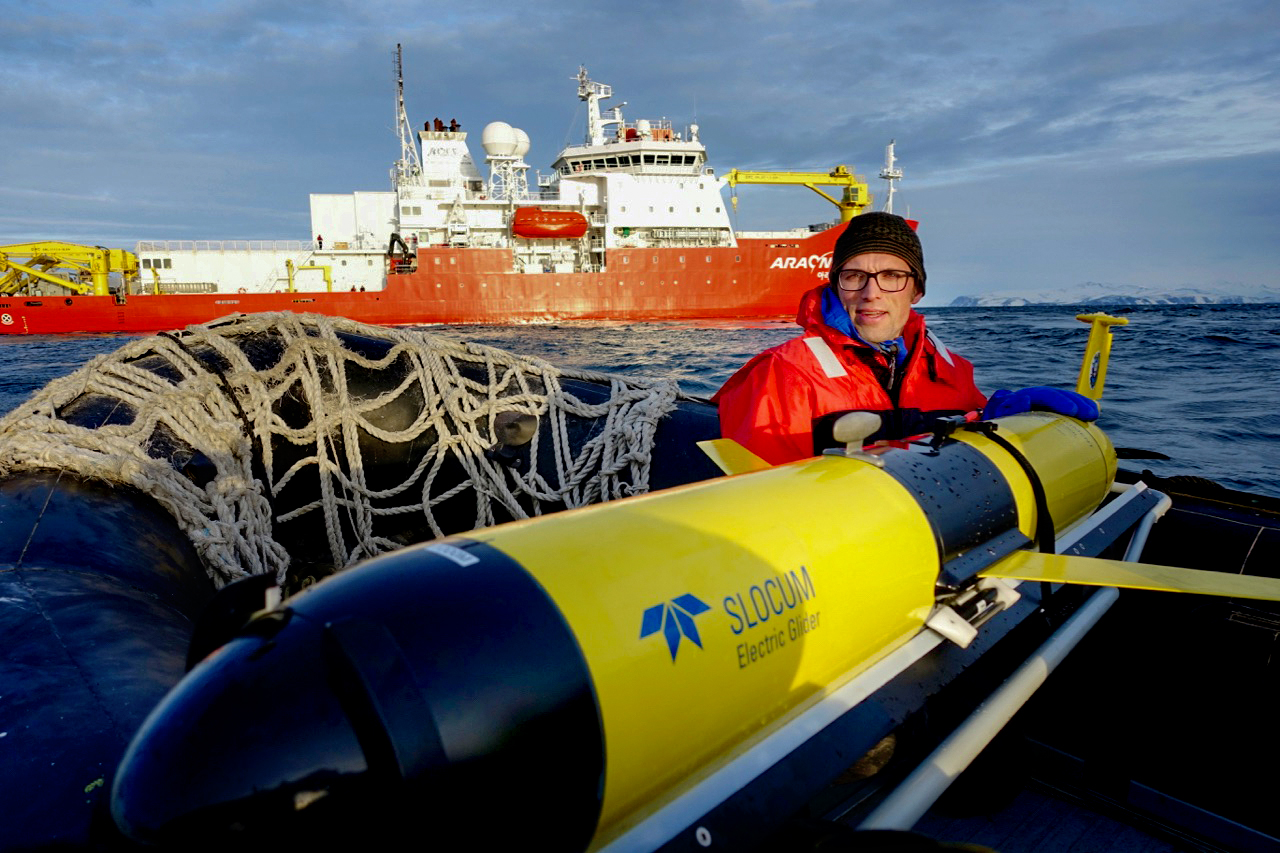
Goal: Reach influencers and decision-makers with quality news content
About the Project
Five articles produced by the News and Media Relations team received coverage from traditional media outlets such as International Business Times, The Atlantic, Los Angeles Times, Houston Chronicle and Daily Mail, to such niche publications as Gizmodo, Science and Space.com.
The five articles — Beneath the Ice in Antarctica, Nutrition Proposal Has ‘Transformative Potential’ for Haiti, Program Distributes 10,000 Pounds of Produce to Students, Synestia, a New Type of Planetary Object and Mystery Solved for Baby Jane Doe Found in San Francisco Backyard — reached more than 329 million viewers on those sites, and nearly 23,000 views on the UC Davis News and Information page.
The impact went beyond traditional media coverage. As a result of the nutrition proposal, the Haitian government has since begun implementing the recommendations of the UC Davis researchers; while the produce program shined an important light on the issue of food insecurity on college campuses, helped ease the stigma for students the issue can cause and highlighted what is being done to help.